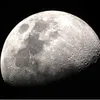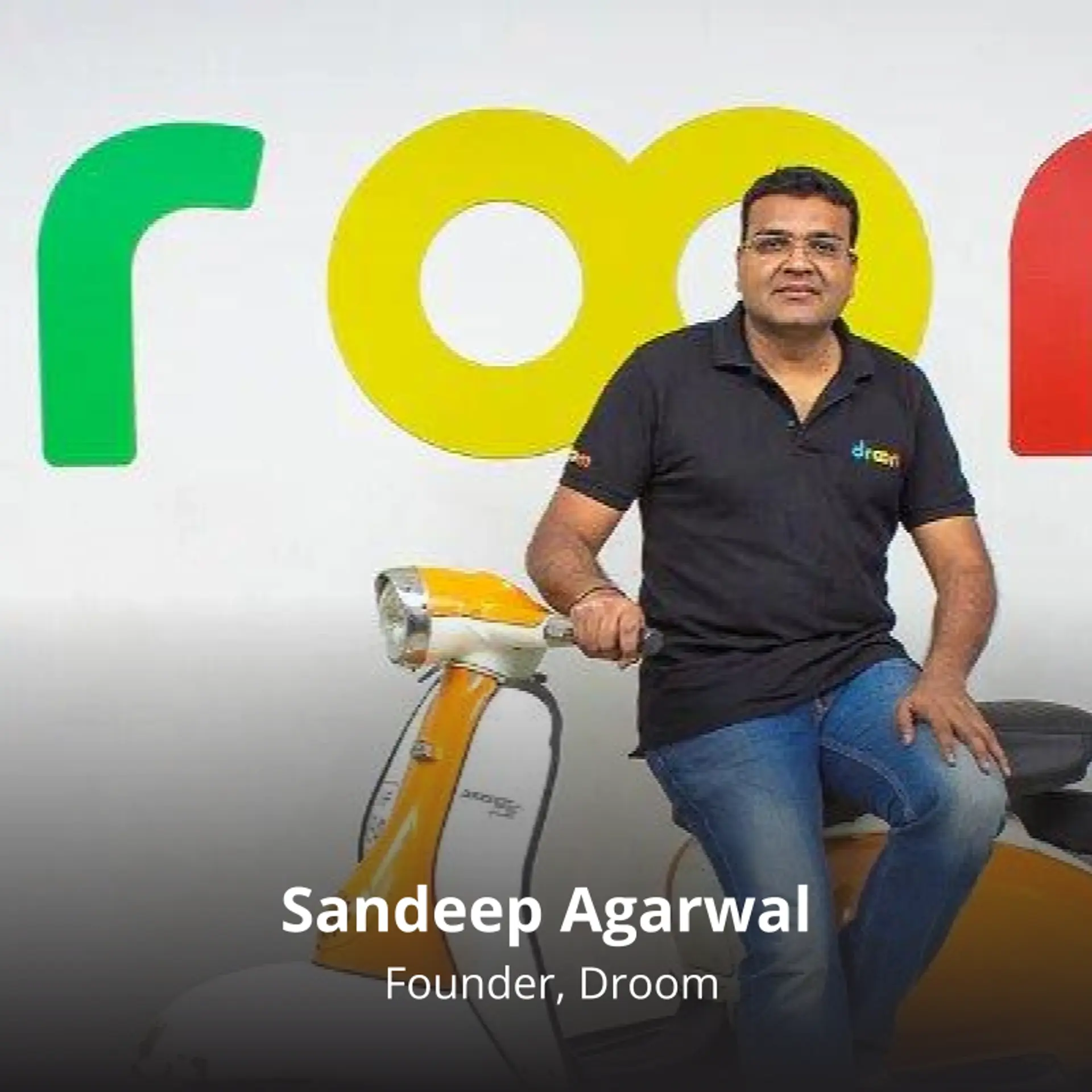The space call: feed your curiosity of the outer world with these 8 jobs
Every child has, at some point, wondered about the sky and the stars. If this curiosity has sustained, then they would have gone on to learn more. If you are looking for a career in space exploration and research, here are a few jobs that might interest you.
The recent Indian Space Research Organisation (ISRO)’s Chandrayaan 2 mission has left behind an abundance of learning for the world. It has inspired NASA, to say the least.
The space agency called the mission a bold attempt and tweeted, “Space is hard. We commend ISRO’s attempt to land their Chandrayaan 2 mission on the Moon’s South Pole.”
It has also kindled curiosity and excitement for all things space among the young in the country. As Indians remained in the grip of excitement in the last few months, children were found making spacecraft models and engaging in fun activities. Nothing truly unites a country quite like a space launch.
15664931221771568277803561.jpg?fm=png&auto=format)
If you have toyed with the idea of working in areas of space research and being part of such experiments, you can start small with these jobs in demand, as listed on the job search website Indeed.
Civil Engineer
Civil engineers are involved in designing the structures and ensuring the layout of space travel technology. The candidates should be able to analyse drawings and maps to ensure design practicality. According to the job search platform, the average annual salary of a civil engineer ranges between Rs 2,20,260 and Rs 6,12,000.
Technical Assistant
Technical assistants usually take care of data, develop correspondence, and generate reports. The candidate should also ace at imaging applications. In the industry, the average annual salary for this role starts at Rs 2,36,832 up to Rs 6,00,000.
Technician
Those who aspire to become technicians should be adept in resolving issues related to internal and cloud-based infrastructure. They should also stay abreast of new and innovative solutions for emerging technical challenges. The average annual salary of a technician ranges from Rs 2,00,784 to Rs 5,88,000.
Draughtsman/Drafter
A draughtsman or drafter should be able to make detailed drawings and plans for space technology. The job also requires them to interface with engineering project teams to coordinate design development from concept support to final design. The average annual salary of a drafter ranges between Rs 1,99,752 and Rs 5,52,000.
Mechanical Engineer
A mechanical engineer should be fluent with the know-how of designing power-producing machines. He/she should also be able to analyse drawings, units of measurements and basic mechanical concepts. The average annual salary amounts between Rs 1,91,184 and Rs 5,04,000.
Electronics Engineer
The candidate will look at maintaining and troubleshooting electronic circuits and design They usually see through the process of manufacturing electrical equipment. The average annual salary for this role ranges between Rs 1,95,264 and Rs 5,16,000.
Machinist
For those skilled in the operation of grinding machines and the execution of printing processes aligned with production, this is a promising role for you. The average annual salary ranges from Rs 1,72,596 to Rs 4,44,000.
Fitter
Fitters play an important role in constructing and assembling parts of a machine, which can be instrumental in the overall function of a spacecraft and related machinery. They should be able to study blueprints and crack plans as well. The average annual salary for this role, according to Indeed, is Rs 1,53,348 up to Rs 4,08,000.
(Edited by Rekha Balakrishnan)


15664931221771568277803561.jpg?mode=crop&crop=faces&ar=2%3A1&format=auto&w=1920&q=75)
1566492623505.jpg?fm=png&auto=format&h=100&w=100&crop=entropy&fit=crop)







